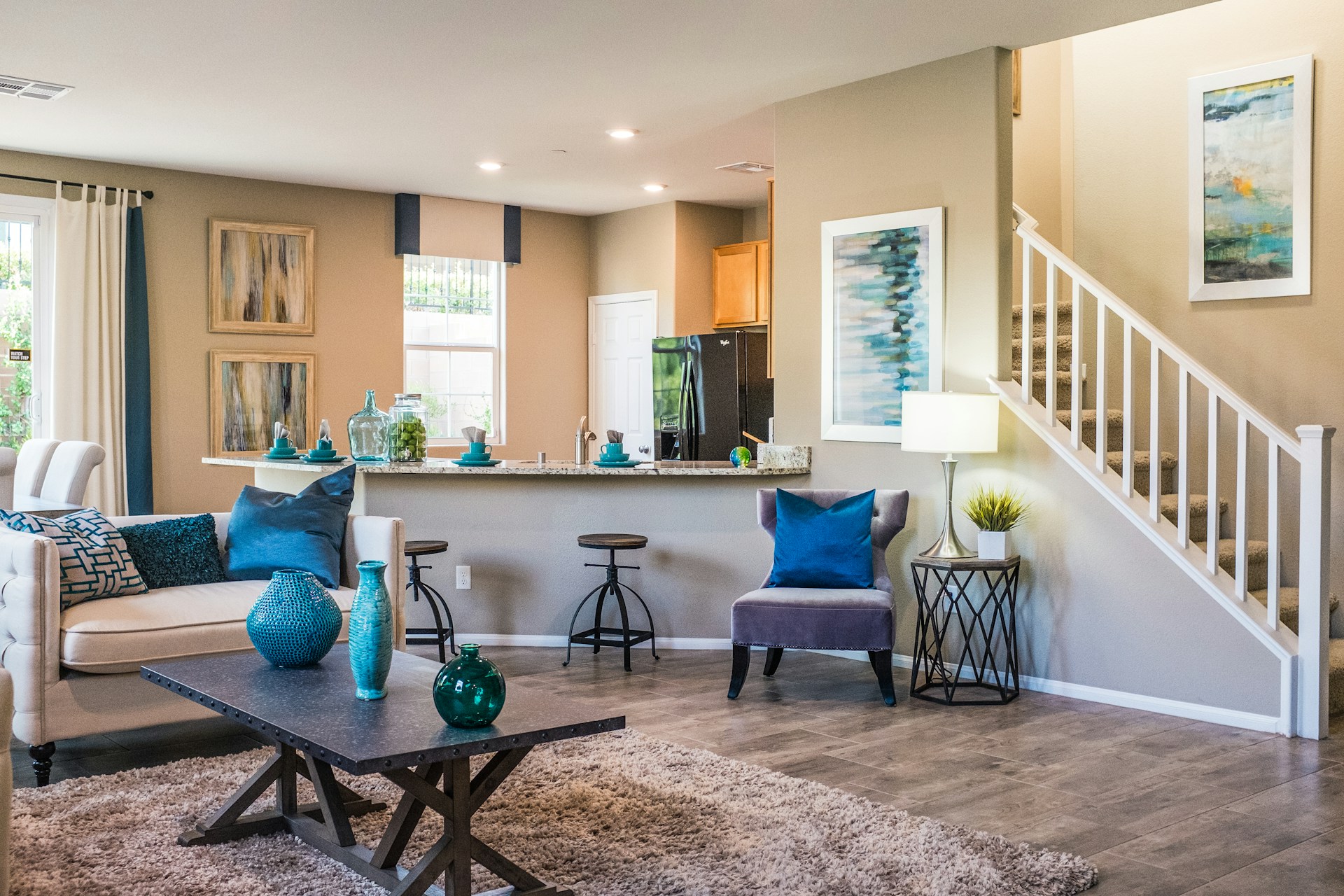Which are the most effective sound-absorbing materials for DIY acoustic panels in a home studio?

The pursuit of pristine sound is a never-ending journey for audiophiles and professional sound engineers alike. Whether you’re crafting the perfect home studio or simply want to improve the acoustics in your living room, choosing the right sound-absorbing materials for your DIY acoustic panels can be a game-changer. This comprehensive guide will delve into the world of soundproofing and acoustics, providing you with valuable insights into the most effective materials for DIY acoustic panels in a home studio.
Understanding the basics of sound absorption
Before diving into the top materials for sound absorption, it’s crucial to understand the basics of how sound works. Simply put, sound is energy that travels in waves and can bounce off surfaces, causing echoes and reverberations. These unwanted noises can significantly affect the quality of sound within a room. An effective way to manage these acoustical issues is through the use of sound-absorbing panels.
A lire en complément : How to set up a home hydroponic system for year-round vegetable growing?
Sound-absorbing panels work by trapping or scattering the sound waves, reducing echoes and background noise. This enables a clearer, more focused sound within the room. While there are many commercially available options, DIY acoustic panels can offer a cost-effective and customizable solution.
The Top Materials for DIY Acoustic Panels
When it comes to building your own acoustic panels, your choice of material is paramount. This section highlights the best materials that will provide superior sound absorption and noise reduction.
A voir aussi : What are the safest and most stylish non-slip flooring options for a senior’s bathroom?
Fabric
Fabric is a popular choice for DIY acoustic panels due to its versatility and availability. It allows the sound waves to penetrate through to the absorbing material beneath, while also adding an aesthetic element to the room. It’s important to note that not all fabrics are created equal in terms of sound absorption. Look for fabrics with a loose weave, as they will allow sound to pass through freely. Avoid tightly woven or heavy fabrics, as they can reflect sound, reducing the effectiveness of your panels.
Foam
Foam is another commonly used material for acoustic panels. Acoustic foam is designed to absorb sound waves, reducing the echoes and reverberations within a room. This material is lightweight, easy to handle, and comes in a variety of shapes and sizes. However, foam panels may not be the most aesthetically pleasing choice, but they can be covered with fabric for a more appealing look.
Insulation
Fiberglass or Rockwool insulation is a highly effective sound-absorbing material. It works by trapping the sound waves within its fibrous structure, reducing reverberation and echo. However, it should be noted that insulation needs to be covered, as the fibers can be harmful if inhaled or come into contact with your skin. Consider wrapping your insulation in a breathable fabric to ensure safety while also enhancing the look of your panels.
Building the Frame for Your Acoustic Panels
A sturdy frame is integral to the success of your DIY acoustic panels. It provides structure and stability, ensuring your panels will stand the test of time. Wood is the preferred choice for frames due to its strength and durability. When choosing wood for your frame, consider the thickness and the type of wood. Plywood is a popular choice due to its affordability and ease of use.
In terms of thickness, 1×4 or 2×4 boards are commonly used. The thicker the frame, the deeper the cavity for insulation, resulting in better sound absorption. However, the thicker the frame, the more space it will take up in your room, so be mindful of the balance between performance and space.
Mounting Panels and Soundproofing the Room
Once you’ve built your panels, the next step is to strategically place them within your room for optimal soundproofing. There are a few key areas to consider. First, look at the walls directly opposite your speakers. These walls will be hit with the most direct sound waves, making them prime spots for acoustic panels.
Additionally, corners and ceilings are common areas for echo and reverberation. Installing panels in these areas can significantly reduce unwanted noise. Mounting acoustic panels can be achieved with simple hardware like picture hanging kits or specialized acoustic panel mounting brackets.
Remember, soundproofing a room is not about completely eliminating sound, but rather managing how sound behaves within the space. By strategically placing your DIY acoustic panels and using the right materials, you can significantly enhance the audio experience within your home studio.
Practical Tips for DIY Acoustic Panel Installation
For those embarking on a journey of DIY acoustic treatment, it’s essential to remember that placement and installation play a significant role in the effectiveness of your sound absorption. Here are some practical tips to help you get started.
Begin by identifying the source of the sound, typically speakers in a home studio setting. Aim to place acoustic panels in the path of the sound waves. This includes the points where sound waves are likely to hit directly, known as first reflection points. These are usually located on the walls and ceiling directly opposite the speakers.
Consider using bass traps, particular types of acoustic panels that are designed to absorb low-frequency sound. These are typically placed in corners where low-frequency sound tends to build up.
Don’t forget about doors and windows. These areas are often overlooked, but they can be significant sources of sound leakage. Consider using soundproofing materials such as weatherstripping or door sweeps to minimize sound leakage.
Furthermore, remember that more isn’t always better. You don’t want to over-treat your room and create a completely dead space with no echo or reverberation at all. The goal of acoustic treatment is to control the sound, not to eliminate it entirely.
Safety Measures When Handling Soundproofing Materials
While handling soundproofing materials like acoustic foam or mineral wool, it is important to consider safety measures. These materials should be handled with care and appropriate protective gear, especially when cutting or installing them.
Always use a mask and gloves to protect yourself from any potential irritants when handling materials like fiberglass or mineral wool. These materials contain tiny fibers, which can be harmful if inhaled or if they come into contact with your skin.
Moreover, when installing acoustic panels, it is advisable to use proper mounting hardware such as acoustic panel mounting brackets to ensure that the panels are securely attached to the wall.
Conclusion: Amplify Your Audio Experience with DIY Acoustic Panels
In conclusion, achieving the perfect audio experience in your home studio requires thoughtful acoustic treatment. DIY acoustic panels can offer a cost-effective and customizable solution. The right selection of sound absorbing materials like fabric, foam and insulation, coupled with a well-designed frame and strategic placement can significantly enhance the sound quality, reducing unwanted echoes and reverberations.
Remember, the goal isn’t to eliminate sound but to create a balanced audio environment where sound behaves optimally. Whether you’re an audiophile, a professional sound engineer, or simply someone who enjoys good sound quality, investing time and effort into building and installing DIY acoustic panels can greatly improve your auditory experience. With some basic materials and a little know-how, you can transform your acoustics from amateur to professional. So, why not start your DIY acoustic treatment journey today and elevate your home studio to the next level?
